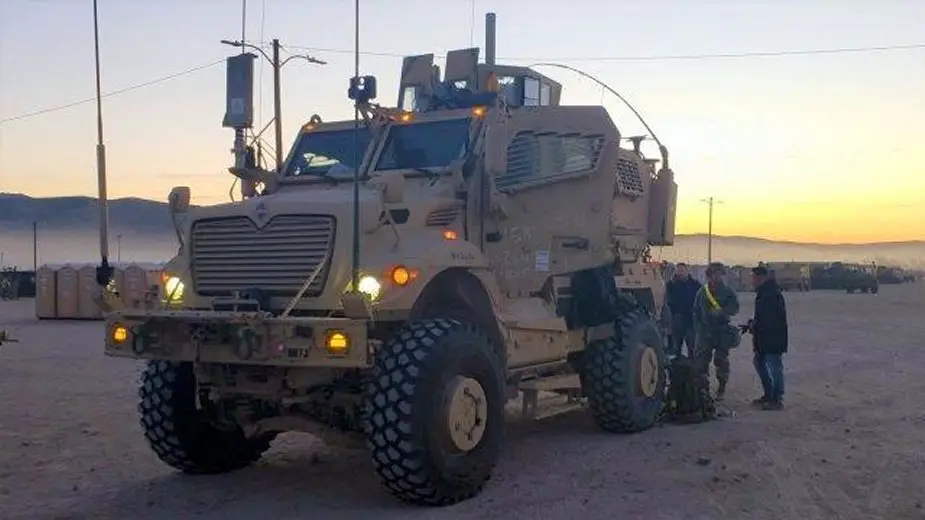Breaking news
US Army newest electronic warfare tactical vehicle tested at Fort Irwin.
The Army’s newest Electronic Warfare Tactical Vehicles (EWTV) were tested at Fort Irwin National Training Center (NTC), a major training area for the service located in the Mojave Desert in northern San Bernardino County, California, in January, Tradeforprofit.net reports.

Army’s newest Electronic Warfare Tactical Vehicle (EWTV) tested at Fort Irwin National Training Center (Picture source: U.S. Army)
According to a statement, Electronic Warfare Specialists from the 3rd Armored Brigade Combat Team “Greywolf,” 1st Cavalry Division, conducted “electronic attack and electronic support operations” during the month-long field training exercise using EWTVs. “Our main purpose was to provide support by denying communications to the enemy, jamming comms,” said Sgt. First Class Cristian Holguin, the EWTV team leader. “In addition, we were able to listen in on FM communications from the enemy and detect enemy electronic signatures to use for call for fire missions.”
The brigade received the EWTVs in September 2018 in time to test it out during the Brigade’s external evaluation, Pegasus Forge III, at Fort Hood, Texas. The operators of the vehicles then provided critical feedback to the team of engineers at Rapid Equipping Force (REF), who are responsible for designing and manufacturing the EWTVs. “It’s like version one of the system. And for being version one it is a very good system,” said Holguin. “The folks at REF listened to our feedback following Pegasus Forge and actually were making upgrades to the vehicle as we were on the ground at NTC.”
According to Staff Sgt. Darron McCracken, an EWTV operator, the compressed timetable between the Pegasus evaluation and January’s field training exercise at NTC presented a challenge to the brigade, but they overcame them and seamlessly integrated the system. “Initially the battalions were a little skeptical of the system. Not only was it an asset they had to provide forces to help protect, but it’s a pretty big vehicle as well,” he said. “But once they saw what it could do and they benefited from its effects, they recognized the benefits of the system.”
The exercise at NTC was an ideal environment to test the EWTV. Once the training event was over, additional training was conducted to examine the electronic weapon further. “We worked on finding ways to better improve our jamming and detection capabilities,” said Staff Sgt. Francisco Becerra, an EWTV Operator. “For instance, we learned by raising the antenna two more inches we were able to getter better lines of bearing. These are things that you can’t necessarily test out in the middle of a fight.”
According to the statement, measuring the performance of the EWTV was difficult because there was no benchmark for real-time measures and sensors. “There are two aspects of performance. Performance of the equipment and performance of the teams themselves,” Holguin said. “And I think we’ve accomplished more than we expected for integration and employment; having and using the EWTV validated our position as an effective asset on the battlefield.” When asked if, after the field training exercise at NTC, they felt EWTV was a practical system, McCracken answered, “Absolutely. Absolutely.”
The EWTV was developed for Electronic Warfare Army units with the ability to detect, disrupt, deny, degrade, or destroy enemy systems, and protect against the enemy’s ability to do the same.


























